Standard smelt surveys rely on the use of boat-driven nets, which trap fish by funneling them from the wide mouth of the net to the closed end (known as the cod end). To check their catch, researchers must pull the net and its contents from the water. But this additional handling can harm and even kill the same fish that wildlife agencies are trying to save with the support of robust, long-running monitoring efforts. There may be a better way: According to a new study in the June 2021 issue of San Francisco Estuary and Watershed Science, the use of an underwater camera—the “SmeltCam,” developed about a decade ago by U.S. Geological Survey (USGS) research fish biologist Frederick Feyrer—could provide comparable data with less stress by simply filming the fish as they pass through the net. In this case, the cod end would be left open, so that the fish return to open water on their own. But to estimate the retention efficiency of the SmeltCam (how well it “captures” fish that enter the net), Feyrer and fellow USGS fish biologists Brock Huntsman and Matthew Young instead paired the device with a closed-end net and pulled the whole thing to the surface as in a traditional trawl.
Because virtually no Delta smelt have been caught in recent trawls, the researchers instead targeted similarly sized Northern anchovy, specifically in San Pablo Bay and the Napa River. “If [the SmeltCam] is going to be used as a valid alternative, then we need to know how it compares to conventional approaches,” says Huntsman. What they found was that the camera was often as efficient as the closed-net approach, if not more so—due, they hypothesize, to smaller fish escaping the net after being recorded on camera but before being hauled on board. Still, Huntsman says retention efficiency is just one aspect of gear performance, and no guarantee that the SmeltCam will be adopted for smelt or any other species.
Related Prior Estuary News Stories




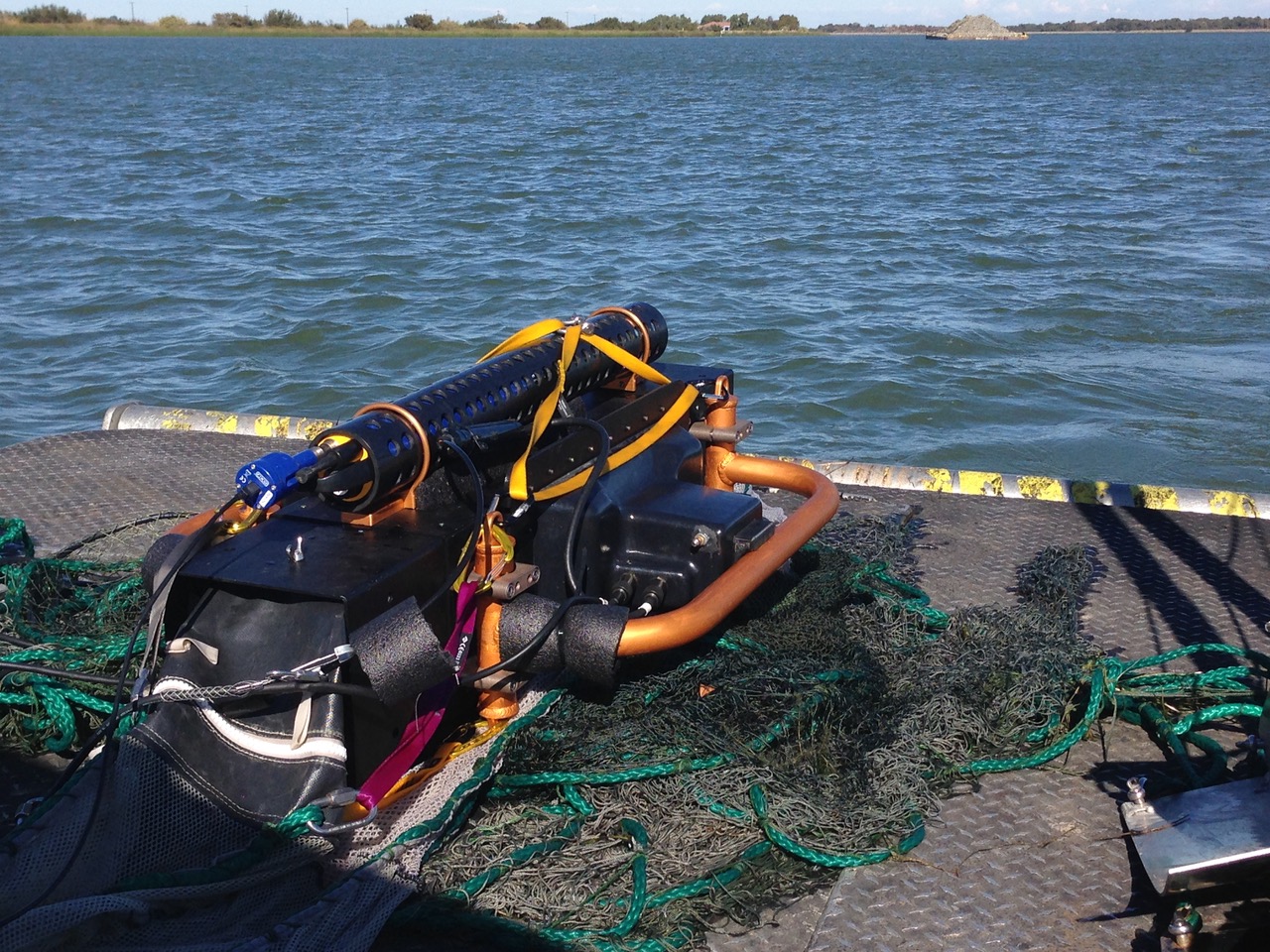
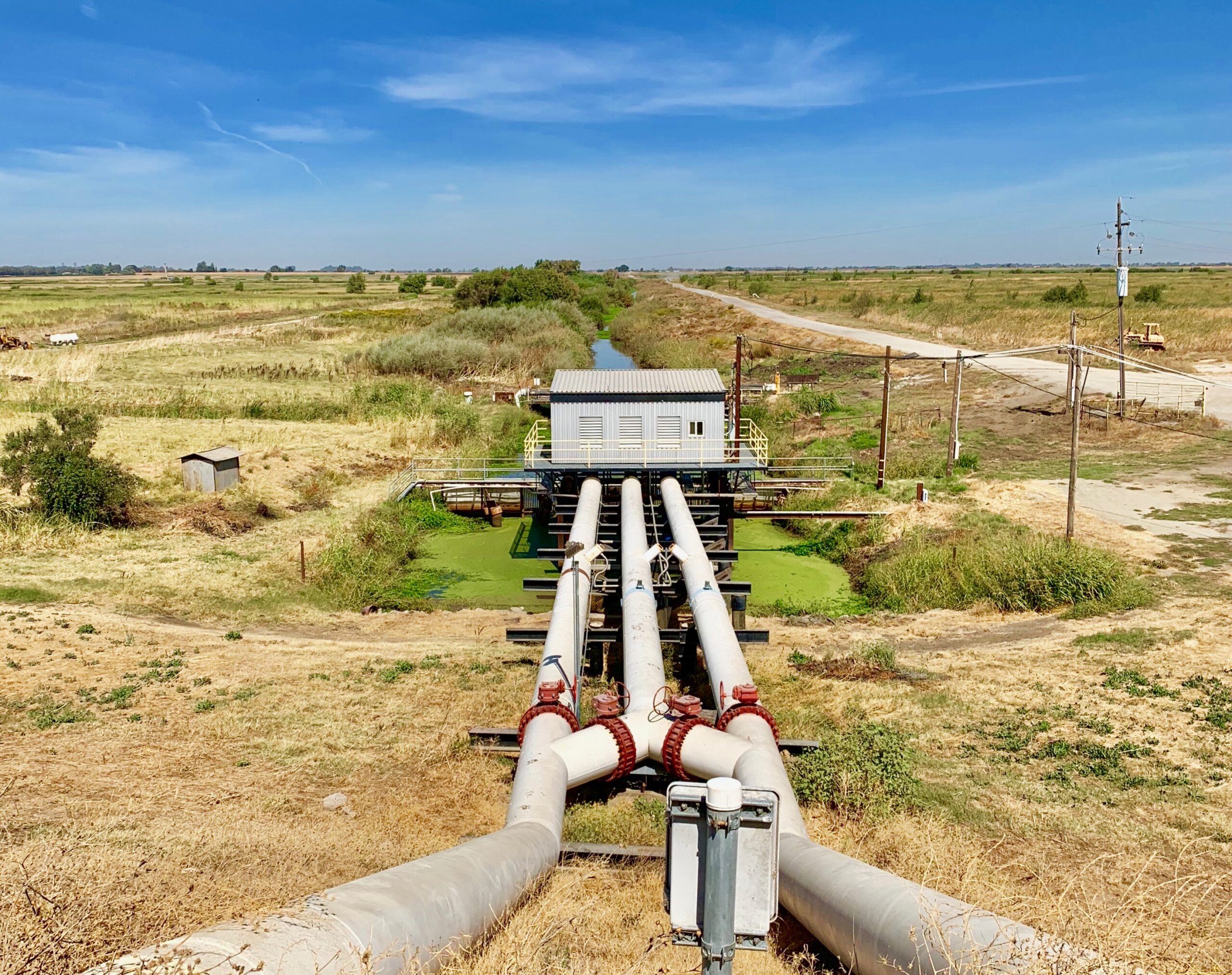
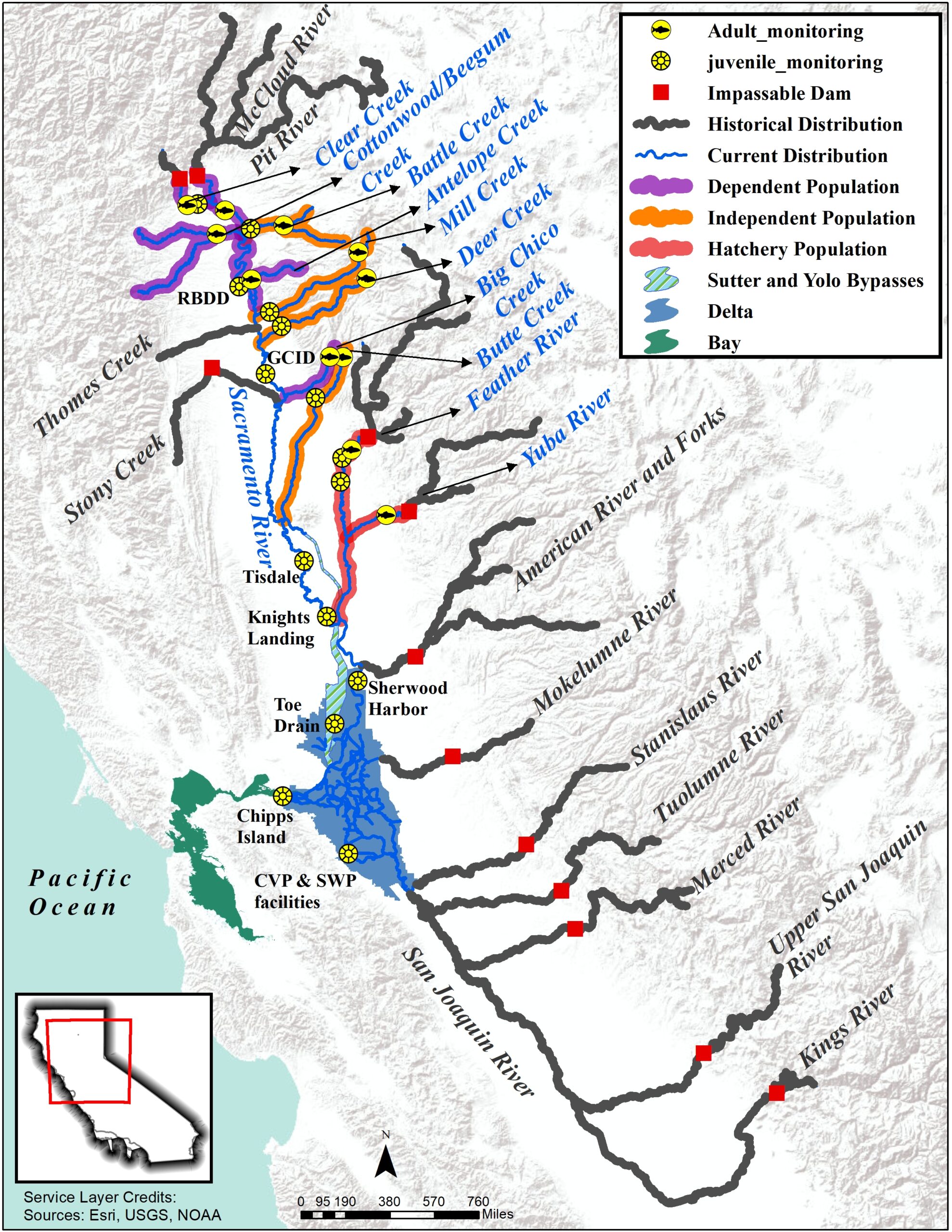
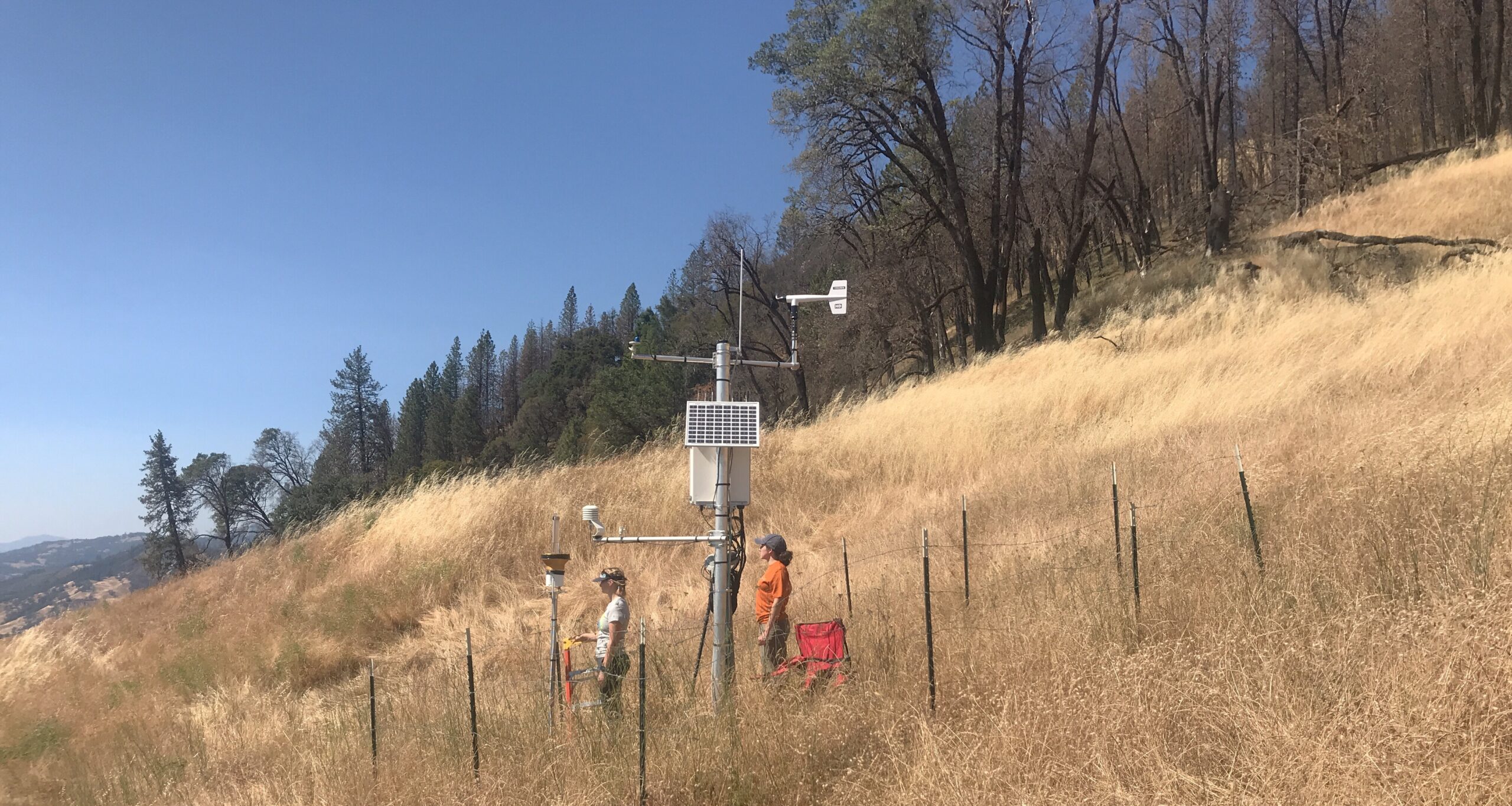

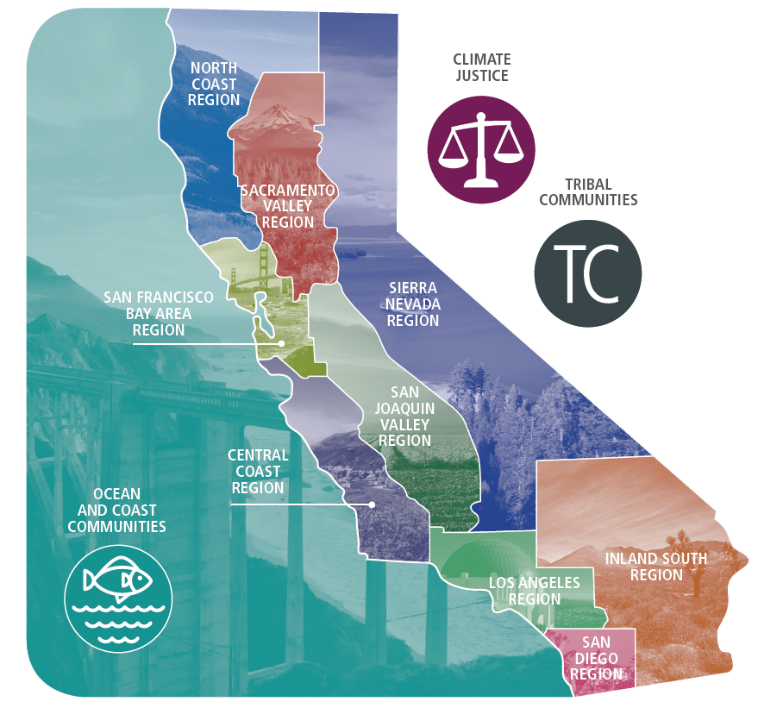 The results are alarming for our state’s future: an estimated four to five feet of sea level rise and loss of one to two-thirds of Southern California beaches by 2100, a 50 percent increase in wildfires over 25,000 acres, stronger and longer heat waves, and infrastructure like airports, wastewater treatment plants, rail and roadways increasingly likely to suffer flooding.
The results are alarming for our state’s future: an estimated four to five feet of sea level rise and loss of one to two-thirds of Southern California beaches by 2100, a 50 percent increase in wildfires over 25,000 acres, stronger and longer heat waves, and infrastructure like airports, wastewater treatment plants, rail and roadways increasingly likely to suffer flooding.